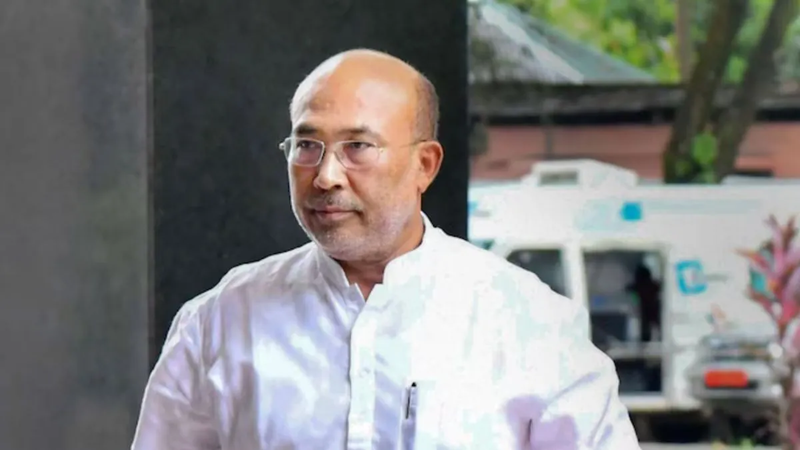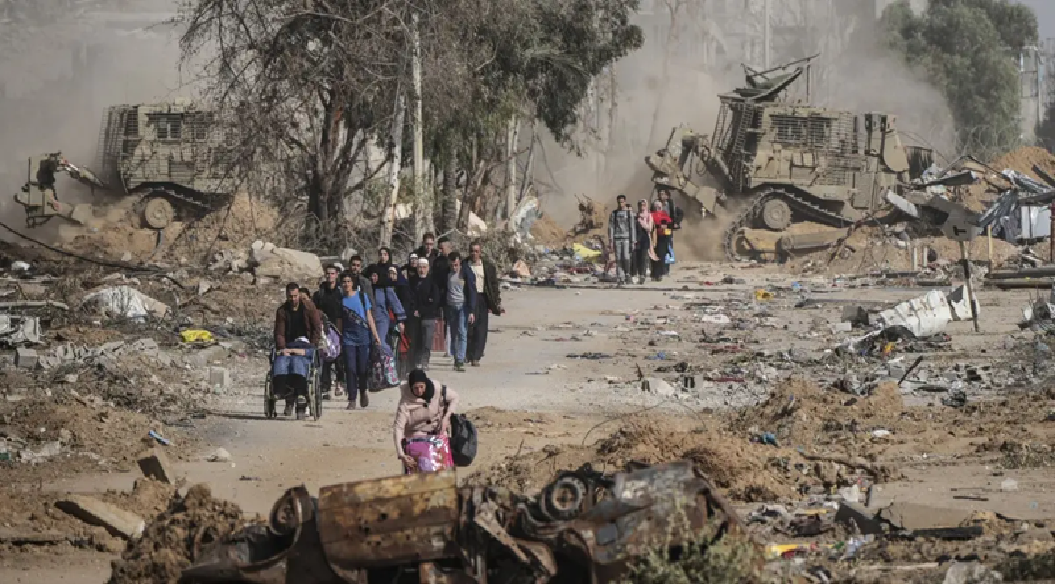
A never-ending naming spree by China
By Girish Linganna
“What’s in a name...?& quot;Pose this question to Beijing, and it will say, "Everything." For China’s President, Xi Jinping "standardizing" names of places seems to be a part of the exercise to retain his position even after 2023, when his second presidential term expires.
China is known for inventing, innovating, and experimenting in the science and technology fields. It is probably applying its skill to assert its rights over the land all along the border with India. A month ago, China became highly creative by & quot;inventing" names for 15 places in Arunachal Pradesh
Arunachal Pradesh is known as Zangnan in Chinese. Under the banner of & quot;standardization" of names,
Beijing said, it has given geographical names. In this new rechristening game, China has included eight residential areas, four mountains, two rivers, and one mountain pass.
This is the second time the communist country has taken up the renaming exercise, first being in 2017. The list included six places then. It has been claimed that standardising names is China’s sovereign right. And it has given enough hints that it will continue to rename places, ostensibly to annoy India and claim ownership of the contentious areas in north-eastern India.
For the world, or at least for India, the naming exercise may look hilarious. But this "standardization" of names has to be viewed from a political angle.
China is a restless country when it comes to dealing with India. Unmindful of the outcome, it keeps trying to disturb peace on the Indian boundary, totally unmindful of how the world views all this. But the aim behind every action is to expand its geopolitical and economic power. The naming spree is also part of the never-ending assertion exercise. Last December, the second list of renamed places was released, and this was ahead of the new border law that came into effect on January 1, 2022. China now shares a 22,000-kilometer land border with 14 countries, including India. The new law says it will "solidify the sense of community in China, promote the spirit of China, defend the unity and territorial integrity of the country, strengthen citizens’ sense of the country and homeland security," among citizens in the border region. To effect this, the law mandates improving border public services and infrastructure.
Through this new law, China has again asserted that it doesn’t care for the McMahon Line, the imaginary national boundary that forms the basis of the Line of Actual Control and the northern boundary of Arunachal Pradesh in the eastern Himalayas governed by India. However, China has never accepted the McMahon line, which is the result of the 1914 Simla pact.
The British rulers considered Tawang in Arunachal Pradesh and the southern part of Tibet as part of India. And Tibet has accepted it. For China, Tibet is part of its territory. To this date, China claims it is not a party to the Simla pact. After it annexed Tibet in 1950, China claimed its right to Arunachal Pradesh. The intention behind the naming exercise of China can be well understood only if the McMahon Line agreement and strong opposition are taken into account. In 2017, it was China’s unilateral decision to rename six places in Arunachal Pradesh. This was done under the banner of "territorial sovereignty" over the region. The second set of 15 names is the continuation of the exercise. India has strongly reacted to the renaming of places. It has been said that assigning invented names to places in Arunachal Pradesh in no way makes any difference to the reality. The fact remains that Arunachal Pradesh is a part of India, as has been stated.
China can’t legitimise its claims over Arunachal. China’s effort to rename to claim rights is not confined to Arunachal Pradesh. In 2020, it named 80 islands and reefs in the disputed South China Sea, with Vietnam increasing its opposition to China.
China is a known quarrelsome country. Last October, China objected to the visit of Vice President M. Venkaiah Naidu to Arunachal. This drama keeps taking place whenever an Indian leader visits that state. Beijing doesn’t want India to attach significance to this north-eastern state. It has been claimed that Arunachal Pradesh is a part of Southern Tibet. China wants the entire Arunachal as its territory, though it is mainly interested in Tawang, located in the northwest of Arunachal, sharing a border with Bhutan and Tibet. China knows Tawang could be an easy entry point into India’s north-eastern part. Tawang hosts the world’s second-largest monastery of Tibetan Buddhism and lays its claim to Tawang on this being part of Tibet. Tawang is a holy place for Tibetan Buddhism. There are t
 English daily published in Bengaluru & Doha
English daily published in Bengaluru & Doha






